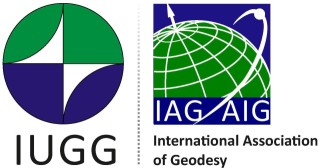Singular Spectrum Analysis (SSA) is a non-parametric method applied to estimate the non-linear trend, seasonal signals and noise from various time series without prior analysis of the time series character. This approach consists of two complementary stages: a decomposition of the original time series into a sum of components and a reconstruction of particular components which are of interest. In this research, we used the SSA approach to determine long-term trends and seasonal signals (annual and Chandler wobble periods) from superconducting gravimeter (SG) observations. The SSA approach takes an advantage over commonly used Least Squares Estimation by extracting trend which is non-linear and amplitudes of seasonal signals which may change over time. We used 1-minute gravity data from 9 stations located worldwide included in the International Geodynamics and Earth Tides Service (IGETS). The length of SG observations ranged from 15 to 19 years. Before analysis was performed, the local tides, atmospheric (ECMWF data), hydrological (MERRA2 models) and non-tidal ocean loading (ECCO2 models) were removed. In the first step of study, we extracted non-linear trend using SSA adopting one-year lag-window. For all stations, long-term trends occur in the first Reconstructed Component (RC). We noticed that the main variability of the SG data stems from the long-term changes included in the 1st mode which explains approximately 96% of the total variance of SG records for Strasbourg station. In the second step of our study, we determined the annual and Chandler wobble signals for all stations which are characterized by time varying amplitude.
|
|
|
|
Determination of long-term trend and time-varying seasonal oscillations from gravity records using Singular Spectrum Analysis
1 : Institut de Physique du Globe de Strasbourg
(IPGS - EOST)
-
Website
université de Strasbourg, INSU, CNRS : UMR7516
5 Rue René Descartes 67084 STRASBOURG CEDEX -
France
2 : Military University of Technology
(MUT)
* : Corresponding author
Sylwestra Kaliskiego 2, 00-908 Warsaw -
Poland
|

 PDF version
PDF version
